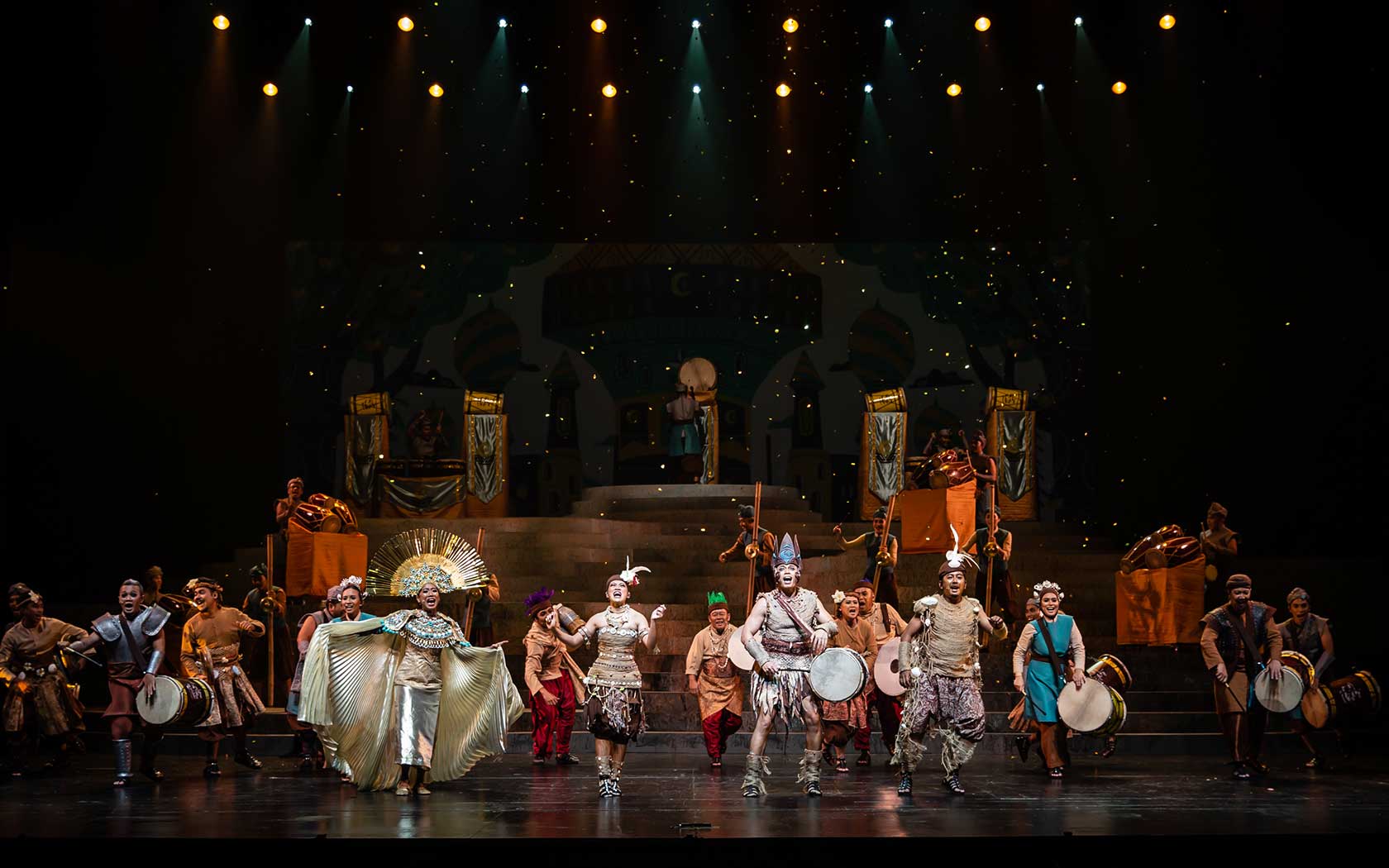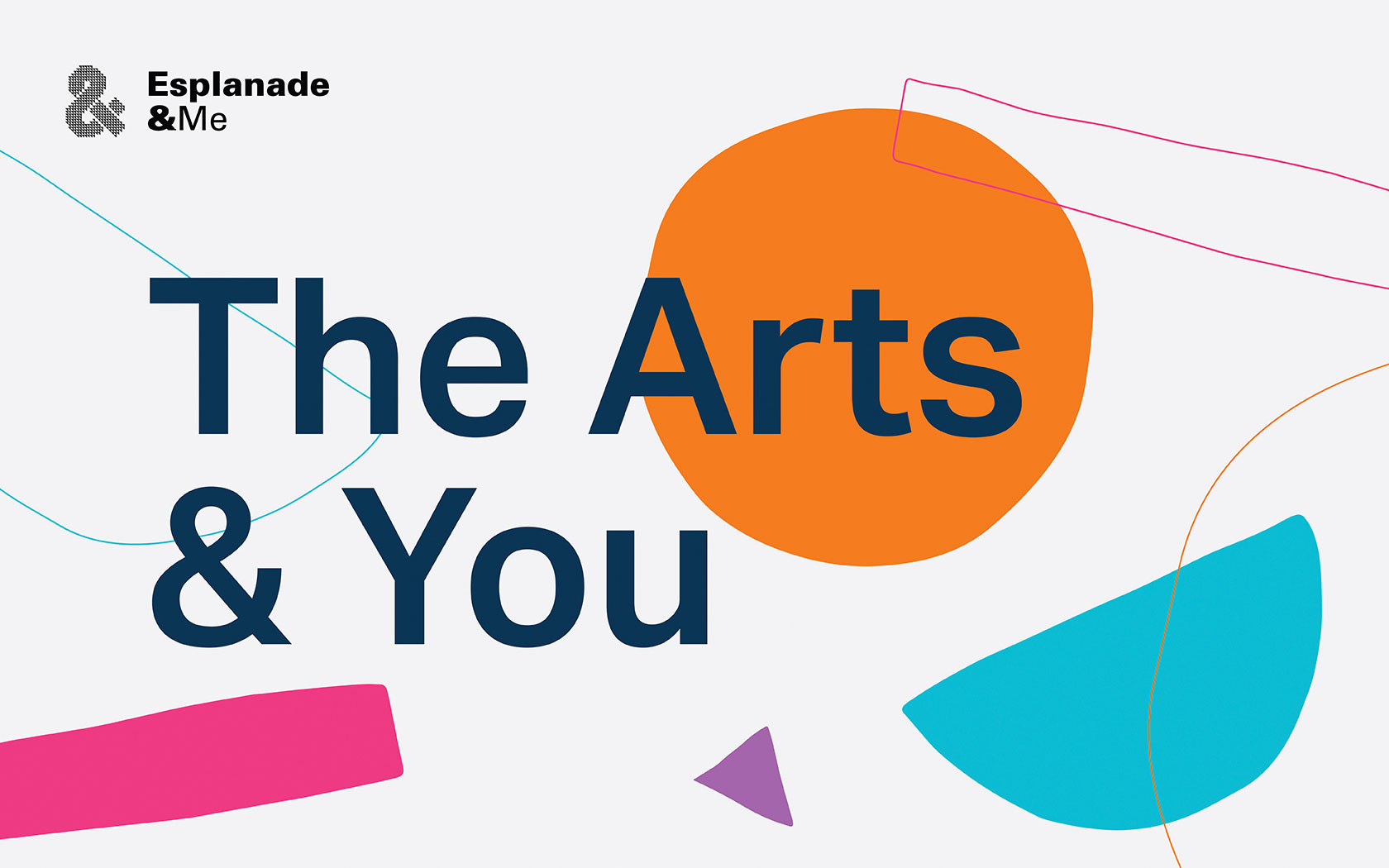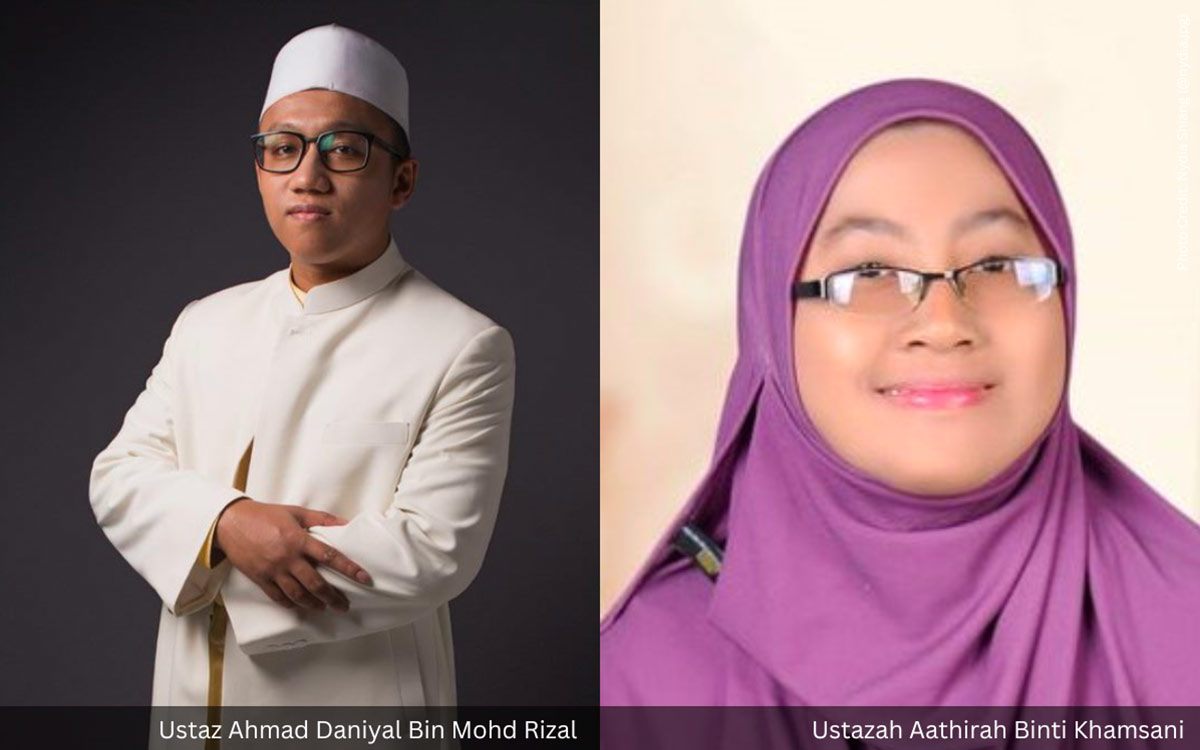Central to Islamic worship and devotion is the memorisation and recitation of the Quran, which is done through melodic reading of the text. More than mere singing, there are codified systems by which pronunciation and rhythmic cadence of every syllable are governed.
Seven recognised lineages or recitation styles exist—known as qira’at, they were associated with different prominent reciter-scholars of the 2nd and 3rd centuries after the revelation of the Quran. These reciter-scholars came from the holy cities of Mecca and Medina, Damascus in Syria, as well as Kufa and Basra in modern-day Iraq; each of the seven lineages reflects the dialectic differences that existed amongst Arabic speakers of the time.
In addition to the rules that ensure fidelity of recitation, emotion and beauty are woven into the vocal delivery of the sacred texts, through the usage of different musical modes known as maqam. Maqams are used in all music of the Middle East, and to most foreign ears, gives the music of the region its signature flavours. In Quran recitation however, the approaches of using the maqams are more specific, and they are chosen to create feelings of introspection, humility, steadfastness, or compassion, and selected to match the emotional content of the text.
In this performance, Ustaz Ahmad Daniyal and Ustazah Aathirah introduce the seven recitation methods and highlight the differences in three qira’at: Riwayat Hafs 'An' Asim, the most commonly used and widespread recitation style often used for teaching the Quran; Warsh 'An Nafi', a style named after Nafi' al-Madani, a prominent scholar of Islam in the 8th century; and Khalaf 'An Hamzah', a recitation style is based on the narration of Hamzah al-Kufi, who was a student of Imam Ali (an important companion of the Prophet). Through this demonstration, the duo will also showcase maqams that beautify the melodies and portray certain emotions.
Mastery of recitation for transcendence
Religious scholars further formalised rules of recitation called tajwid, which standardised intonation, phonetics and punctuation. This became increasingly important as Islam spread to more non-Arabic speakers—giving them clear guidelines on how to recite the Quranic texts in the way that the Prophet Muhammad was said to have pronounced them.
Mastery over these sets of rules is expected by at least one member of every Islamic community, although it is a personal obligation of all members to practise it. Beyond rules and obligation, the recitation of the Quran is an art in itself, and in its aesthetics invokes in Muslims a profound sense of spirituality and transcendence.











